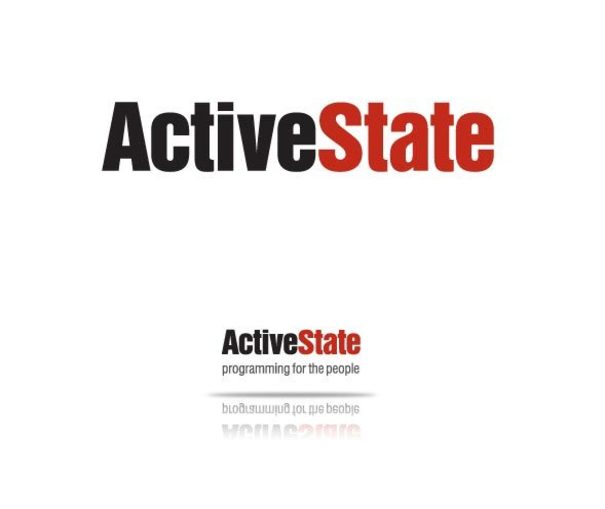OpenStack Foundation Looks To Build A Mega Mall
One of the major highlights of the OpenStack Summit 2015 conference was the launch of a massive online market for OpenStack software. As envisioned by the OpenStack Foundation, the OpenStack Community App Catalog will become the central online repository through which most OpenStack software will be distributed. The thing that channel as a whole needs to take into account is just how far reaching this effort really is IoT reality, however, is going to be anything but centralized. Instead of processing data in few large data centers, IoT applications will rely more on highly distributed clouds running on IoT gateways where data will be processed locally.

One of the major highlights of the OpenStack Summit 2015 conference was the launch of a massive online market for OpenStack software. As envisioned by the OpenStack Foundation, the OpenStack Community App Catalog will become the central online repository through which most OpenStack software will be distributed.
Using Glance Images, Heat Templates or Murano Packages designed to integrate with OpenStack Clouds, the goal is to create a global marketplace for software that can be deployed on premise or in the cloud.
The thing that channel as a whole needs to take into account is just how far reaching this effort really is. Case in point is ActiveState, a provider of a platform-as-a-service (PaaS) environment that is among the first to sign up to distribute its software via the OpenStack Community App Catalog.
Brent Smithurst, vice president of product management and marketing for ActiveState, says the expectation is that OpenStack Community App Catalog will not only reduce friction in the purchasing process, but also create a vehicle through which developers building applications on top of the company’s Stackato PaaS will be able to distribute their applications. For ActiveState the existence of the OpenStack Community App Catalog provides a closed loop system that encourages developers to build applications that will be simpler for them to monetize.
Of course, the OpenStack Community App Catalog is only the latest of a series of online app stores that actually aim to become the digital equivalent of a mega mall for software. The implications of these mega males for the channel are, of course, profound.
Instead of engaging solution providers early in the acquisition process it’s going to become a lot more common for solution providers to discover that not only have their customers already chosen what software they want to deploy, but have also installed their first instance of it. In fact, it’s probably only when they discover how complex that piece of software actually is to manage that they thought to look for some external expertise.
As this method for acquiring software becomes more common the entire process associated with prospecting for new customers is going to be turned on its head. Instead of solution providers promoting a particular product or technology on behalf of a vendor, the role of the solution provider will increasingly be squarely focused on making a particular product or technology work. In fact, as part of the product acquisition process inside a mega mall, IT organizations will eventually come to put more value the size of the solution provider ecosystem that they can call on once they get into trouble. For solution providers that means being an active member of these mega mall environments will be critical to their future success. In fact, solution providers such as Wipro are already attaching themselves in part to vendors such as ActiveState to raise their visibility.
Of course, there’s no doubt that distributors are hoping that solution providers will pull IT organizations into their own mega malls. But given the rise of mega malls such as the OpenStack Community App Catalog may very well turn out that most of the future IT purchasing activity is going to be taking place somewhere else. That doesn’t mean distributors won’t be needed to finance those transaction. But it does look like rather than running their own mega malls distributors might be better off focusing on opening the equivalent of retail branch office in a mega mall that has a lot more foot traffic than they can ever hope to generate on their own.
About the Author(s)
You May Also Like


